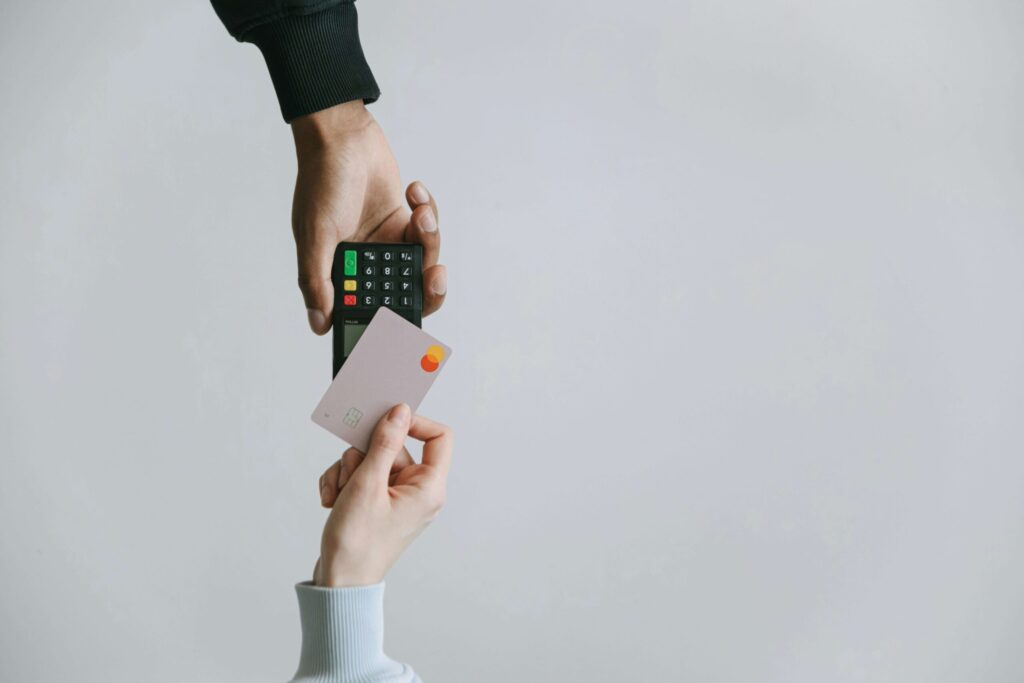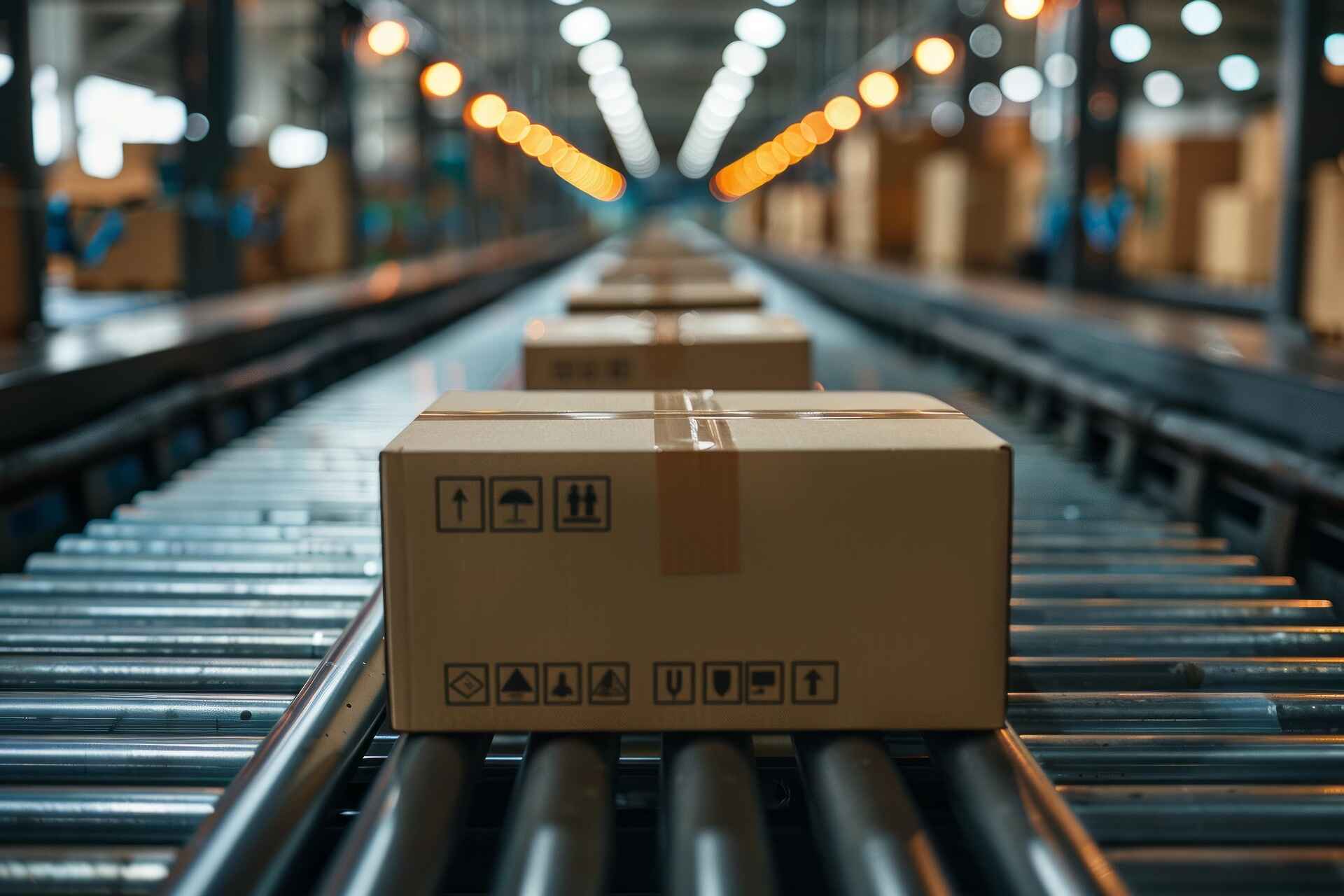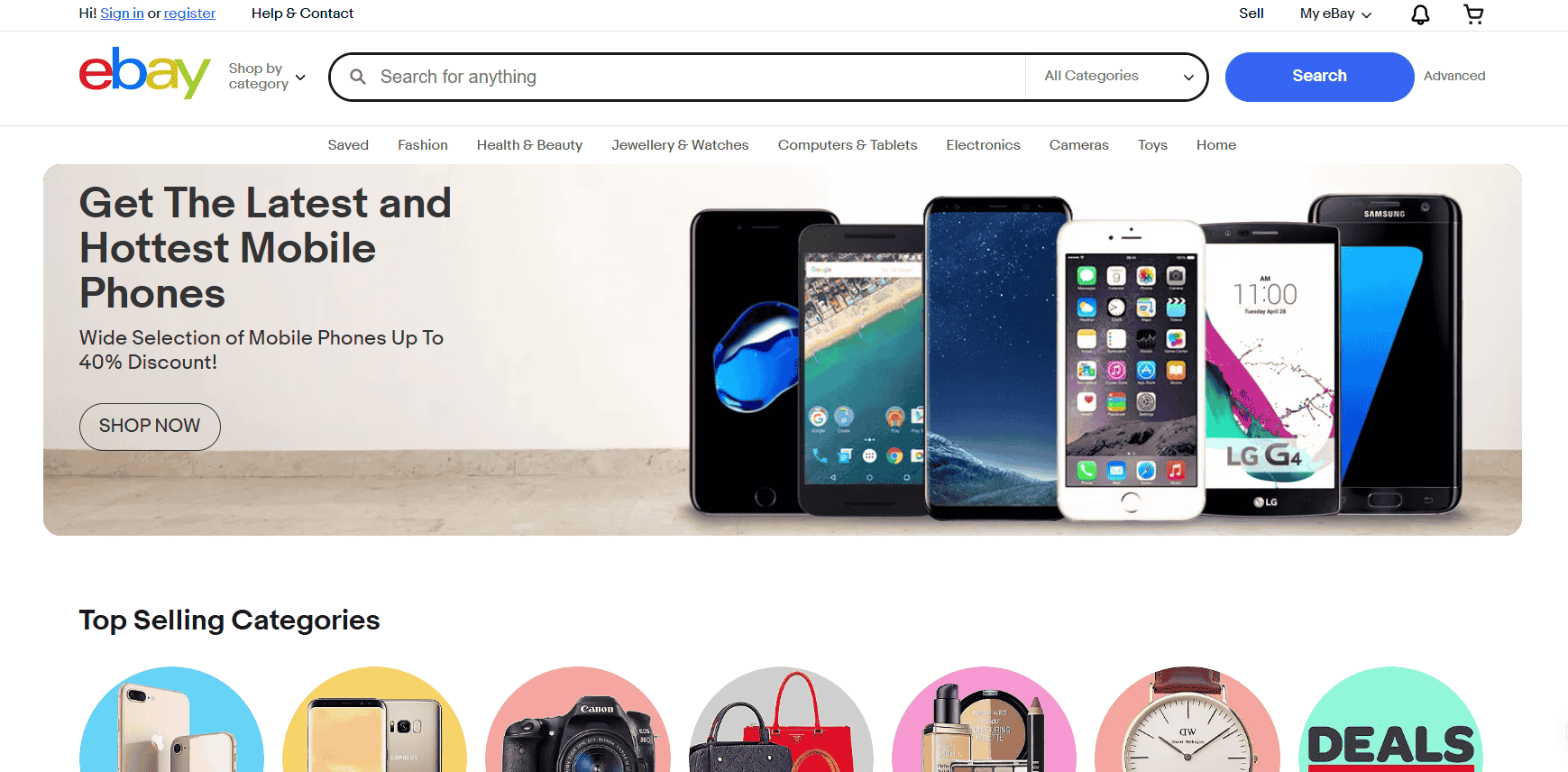B2C stands for Business-to-Consumer. B2B stands for Business-to-Business. That might sound simple, but the difference goes far deeper than who you’re selling to. It affects your entire strategy—how you price, advertise, build relationships, and close sales.
Why does this matter so much in 2025? Because the playing field is shifting fast. Customers—whether they’re individuals or businesses—expect more speed, more personalization, and more value than ever before.
If you don’t know whether you’re running a B2C or B2B business, you could end up marketing to the wrong crowd, choosing the wrong platforms, or setting prices that don’t match your buyer’s mindset.
-
B2C focuses on fast, emotional buying decisions while B2B involves longer, logic-driven sales cycles.
-
Understanding your true target audience is key to choosing the right strategy and marketing approach.
-
B2C marketing relies on social media, storytelling, and impulse triggers, while B2B marketing builds trust through education and data.
-
A B2B sales funnel requires nurturing, follow-ups, and relationship-building to close deals and retain clients.
-
The most successful businesses in 2025 are the ones that stay flexible and deeply understand how their customers make decisions.
I’ve worked with online sellers who had amazing products, but they were stuck simply because they didn’t fully understand who they were selling to. One client had a fantastic product for small offices, but she kept running Facebook ads like she was targeting college students.
Another had a wellness brand meant for individual buyers, but was pitching to wholesale distributors. Both were spinning their wheels until we fixed the strategy by getting crystal clear on this one thing: B2C vs B2B.
In this post, I’ll explain what separates B2C from B2B, why this distinction matters more than ever in 2025, and how you can apply it to build a smarter, more profitable business, whether you’re just starting out or scaling up.
What Is B2C?
B2C means you’re selling directly to individual customers. Think Amazon, Netflix, or your favorite skincare brand online. These buyers aren’t business owners placing bulk orders or making calculated decisions.
They’re regular people—students, parents, professionals—scrolling through their phones, looking for something that makes life easier, happier, or just a little more enjoyable.
In the B2C model, everything moves fast.
- Your sales cycle is short. People can go from discovering your product to checking out in under a minute, especially if your website is user-friendly and your offer hits the right emotional note.
- Your marketing is emotion-driven. Besides promoting features, you’re also appealing to desires. Whether it’s the promise of glowing skin, better sleep, or instant gratification, feelings sell faster than facts.
- You compete for both attention and product quality. It doesn’t matter how great your product is if no one stops scrolling to notice it. That’s why storytelling, clever branding, and social proof (like reviews, testimonials, and influencer shoutouts) are the real MVPs.
I’ve seen this play out with a past client who sold handmade candles. The quality was incredible, but sales only started taking off when we told her story, particularly how she started in her kitchen after quitting a stressful job. That emotional connection lit the spark (pun intended), and people started buying the candles and the meaning behind them.
A perfect example of this in action is Nike. They don’t just sell shoes; they sell empowerment. Every ad taps into identity, confidence, and aspiration. It makes you believe that slipping on a pair of Nikes might just turn you into an athlete or at least feel like one. That’s the essence of classic B2C strategy.
What Is B2B?
B2B means you sell to other businesses. You’re not targeting casual online shoppers browsing for a weekend splurge. You’re speaking directly to decision-makers like CEOs, operations managers, or purchasing teams.
These are the people responsible for making smart, strategic purchases. They don’t buy because something feels right in the moment. They buy because it solves a real problem, improves efficiency, and delivers a measurable return.
Think of B2B companies like Salesforce, HubSpot, or Alibaba. These giants aren’t trying to charm your average consumer with flashy ads. Instead, they focus on offering tools, services, or wholesale goods that help other businesses grow, save money, or streamline operations.
With B2B:
- The sales cycle is longer. You’re looking at multiple meetings, product demos, detailed proposals, back-and-forth questions, and layers of internal approvals. It’s not uncommon for a single decision to pass through three departments and take weeks or months.
- It’s all about value and ROI. B2B buyers don’t want vague promises or catchy slogans. They want proof. They want numbers. They’ll ask: “How much time will this save my team?” or “What’s the projected return on this investment in a year?” If you don’t have answers, you’re out.
- The relationships matter. Unlike B2C, where buyers can disappear after one click, B2B is relationship-driven. Trust, transparency, and consistent service will make or break the deal. A good product might get you in the door, but reliability and support keep you there.
I remember working with a client who sold industrial equipment to small manufacturers. Every sale was a dance of precision—spec sheets, on-site demos, procurement paperwork, and final budget approvals. Closing a deal often took 3 to 6 months.
But once that contract was signed, it was gold. The customer stayed for years, placed repeat orders, and even referred other businesses. That’s B2B in a nutshell: slow to win, but incredibly high in long-term value. Apart from making a sale, it’s also about earning a client’s trust and growing together.
B2C vs B2B: Key Differences
Feature B2C B2B
Target Audience Individuals Businesses
Buying Motivation Emotion Logic & ROI
Sales Cycle Short Long
Price Sensitivity High Negotiable
Content Style Conversational Educational
Relationship Transactional Long-term
Marketing Channels Social media, influencers LinkedIn, webinars, email marketing
This B2C vs B2B comparison table shows more than just technical differences. It reveals how your entire strategy shifts depending on who you’re targeting.
For example, a B2C brand like Drunk Elephant uses playful product videos, quirky packaging, and casual customer testimonials to connect with skincare lovers.
Why? Because emotional connection fuels those purchases. You don’t need a board meeting to buy a moisturizer, just a colorful feed, a clever tagline, and a sense that the brand gets you.
But in B2B, it’s a whole other ball game. Let’s say you’re selling a software subscription for HR teams. The person who finds your product might not be the one making the final decision. You’re dealing with layers—researchers, budget holders, compliance officers.
That’s why B2B content is educational, often in the form of whitepapers, webinars, or long-form blog posts that walk through complex solutions.
Price sensitivity also hits differently. A B2C shopper will bounce if they see a $10 shipping fee. Meanwhile, a B2B buyer might negotiate a $20,000 annual license, and the conversation isn’t about price tags, but about return on investment.
I had a client who ran a premium coffee brand. On the B2C side, they sold small bags directly to customers through ads on Instagram and TikTok. But their real growth came when they added a B2B arm targeting boutique hotels and coworking spaces. They needed pitch decks, volume pricing, and logistics support. Same beans, totally different playbook.

Use this comparison table to check your assumptions. Are you selling a product with an emotional hook, or does it require rational analysis and approval from a team? The way you answer changes everything: your ads, your copy, your pricing, and even your tone.
How Marketing Strategies Differ
In B2C marketing, the focus is on attention and conversion, and it’s a game of speed. You’re fighting for a split second of someone’s scrolling time on TikTok, Instagram, or YouTube. That’s why emotional storytelling, influencer shoutouts, and retargeted ads dominate.
You have to make people feel something—joy, FOMO, curiosity—because in B2C, buying decisions are often made in the moment. One catchy video or a relatable meme can drive thousands of clicks. Timing and relatability are everything.
Now let’s flip the script.
B2B marketing is more like a long-term relationship than a viral moment. You’re not asking for commitment after the first interaction. You’re earning trust one step at a time. That’s why it runs on value-rich content, real data, and relevance. You’re not selling a vibe. You’re selling solutions, results, and efficiency.
You do this by creating:
- In-depth blog posts that show you know your stuff
- Case studies that scream, “Look what we did—and here’s the ROI”
- Webinars that walk potential clients through real problems and how you solve them
- Email sequences that don’t spam, but guide, educate, and gradually build confidence
I’ve had B2B clients who thought their problem was “low traffic,” but after diving into their email flows and content, we found the real issue—they weren’t building trust. Once we added consistent case studies and lead-nurturing campaigns, they got better leads.
So don’t just push your product. Teach. Explain. Guide. That’s how you win trust—and business—in the B2B world.
Sales Funnel Comparison
Your B2C sales funnel is typically straightforward: awareness, interest, desire, and action. People see your ad, click through, and if your product and checkout process are clear and smooth, they buy. It all happens fast.
You’re selling to someone who’s making a personal choice, often based on emotion or impulse. A good ad, a sharp landing page, and a quick checkout can be all you need.
B2B sales funnels are more layered. You’re not selling to just one person but to a team or a company. After generating awareness, you’ll need to educate prospects with content that explains what you offer and why it matters. Then you engage them through demos or personalized emails that help them see how your product fits their business.
But it doesn’t stop there. You have to deal with questions, approval processes, and sometimes long delays. Even when they decide to buy, you still need to help them get started and offer support to keep them happy.
In my experience, B2B clients spend more on marketing automation and CRM tools because nurturing is non-negotiable. You need a system that keeps following up, answering questions, and building trust.
One of my clients used to rely on cold emails and product pages alone. It didn’t work. But once we built a simple email funnel with helpful tips, live demos, and follow-ups, they finally started closing deals. You can’t just throw up a product page and expect sales to roll in.
Which One Is Right for You?
You shouldn’t choose between B2B or B2C just because it’s trending. What really matters is figuring out who needs your product the most. Are your buyers regular people, or are they businesses? Can they make buying decisions on their own, or do they need to go through a team?
Also, think about how you like to sell. Do you prefer quick sales or building long-term relationships? If you like fast results and creative marketing, B2C might be a better fit. But if you’re more patient and like working one-on-one with clients, B2B could be the way to go.
I had a coaching client who started out selling skincare to everyday customers. But over time, she noticed most of her big orders were coming from spas. So we shifted her focus to B2B. We created special bundles for salons, went to trade shows, and set up automated emails just for spa owners. In six months, her revenue tripled. She didn’t change her product, just her approach.

That’s why your answer might not be B2C or B2B. It could be both. Or it could mean making a small change that brings big results. What counts is knowing who your real audience is and how they like to buy.
Here’s my take:
If you ask me which model is better, I’ll say neither. The real winner in 2025 is the business that understands its audience. Whether you’re pitching to a consumer or a procurement officer, the secret is the same: listen well, serve better.
B2C rewards creativity and speed. B2B rewards patience and precision. Pick the one that plays to your strengths, but keep evolving. Because the way we buy, sell, and connect is shifting fast. And the businesses that stay flexible will win the decade.
So the question isn’t just B2C or B2B. It’s: are you building a brand that truly gets your buyer?







